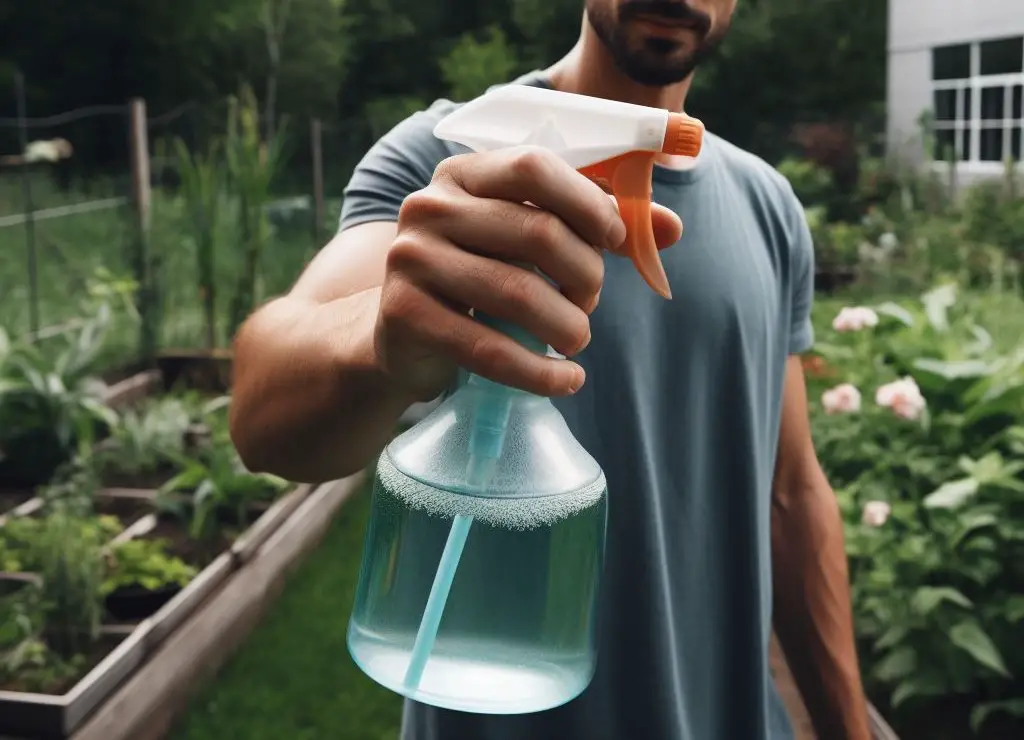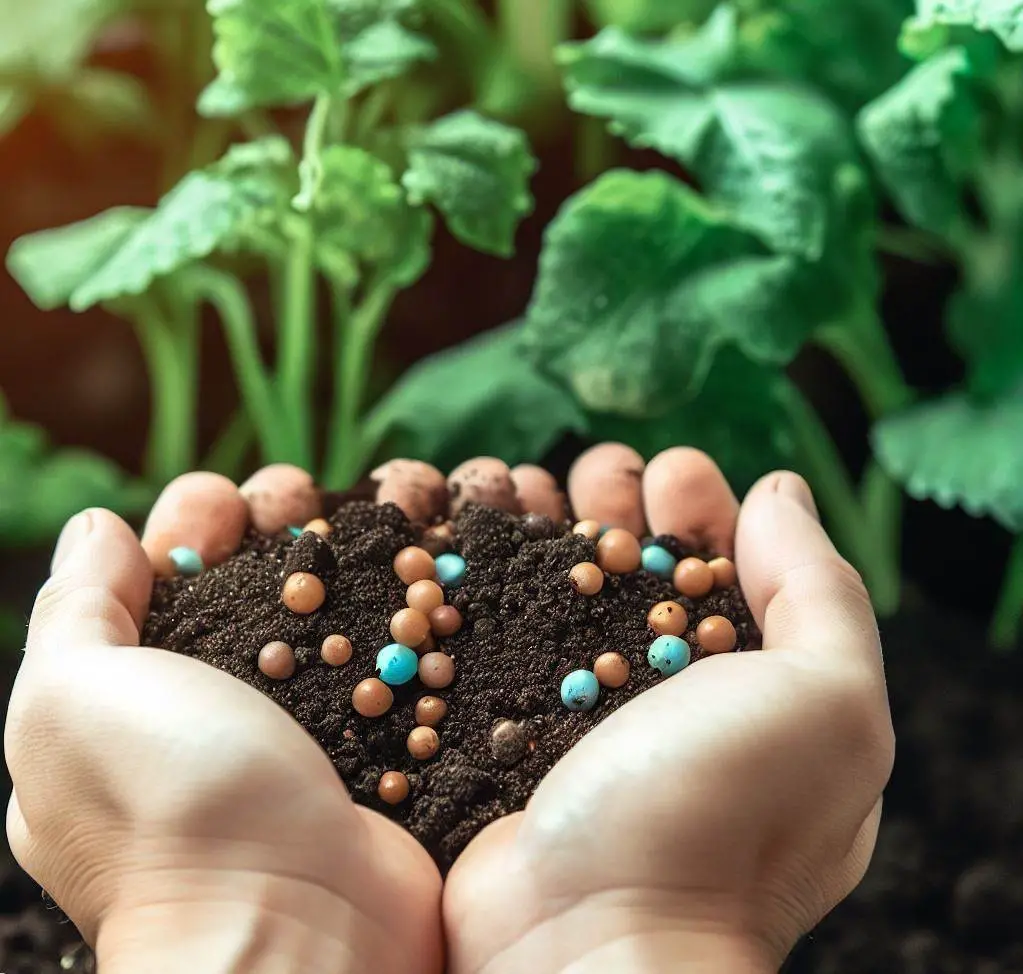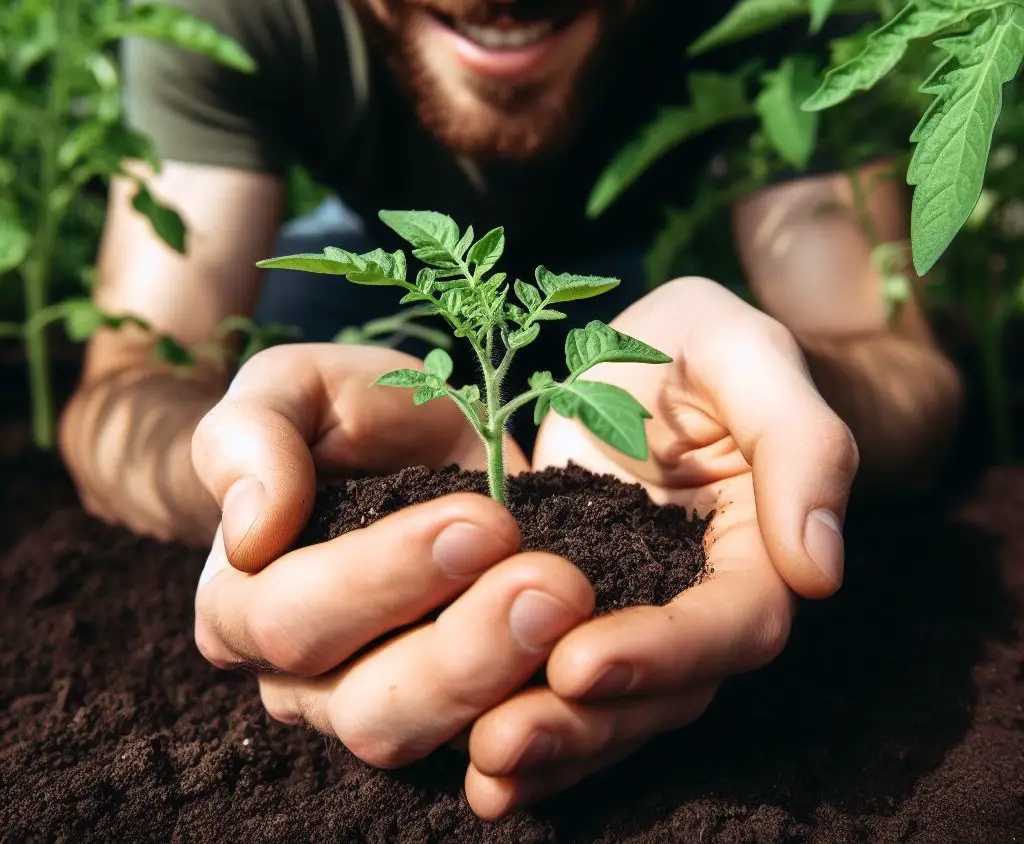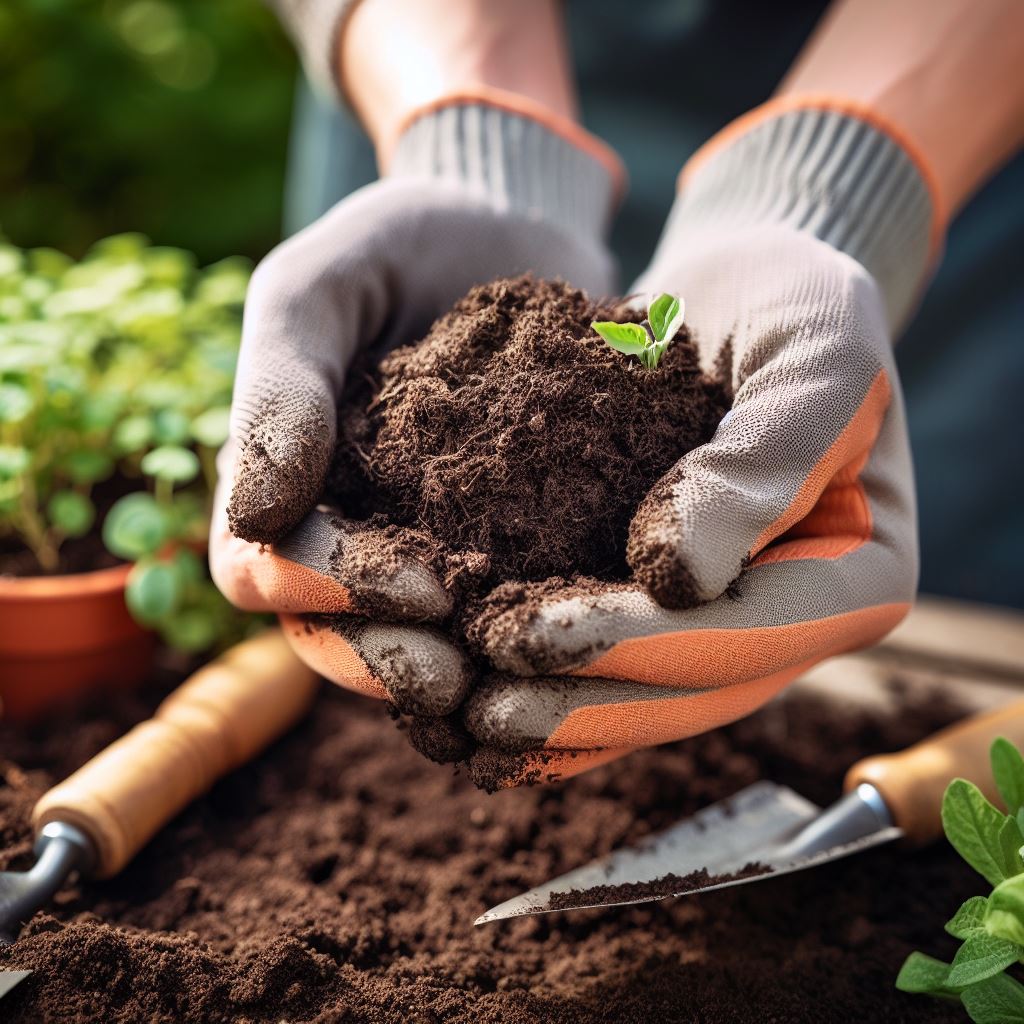
Using organic fertilizers is a great way to nourish your plants without relying on synthetic chemicals. Magnesium is an essential nutrient for plant growth and development, playing a crucial role in photosynthesis and enzyme activation.
In this tutorial, we will guide you through the process of making organic magnesium fertilizer at home. By following these simple steps, you can provide your plants with the necessary magnesium they need to thrive.
Benefits of Organic Magnesium Fertilizer
Using organic magnesium fertilizer offers several benefits for your plants and the environment:
- Improves plant growth and development: Magnesium is a key component in chlorophyll, the pigment responsible for capturing sunlight and converting it into energy through photosynthesis. By providing your plants with sufficient magnesium, you can enhance their overall growth and development.
- Enhances chlorophyll production and photosynthesis: Magnesium is essential for the production of chlorophyll, which is vital for the process of photosynthesis. Adequate magnesium levels ensure that your plants can efficiently convert sunlight into energy.
- Boosts nutrient uptake: Magnesium plays a role in the uptake and utilization of other essential nutrients, such as nitrogen, phosphorus, and potassium. By ensuring sufficient magnesium levels, you can optimize the absorption of these nutrients by your plants.
- Increases resistance to diseases and pests: Magnesium helps strengthen the cell walls of plants, making them more resistant to diseases and pests. Healthy plants with adequate magnesium levels are less susceptible to common garden problems.
- Reduces the risk of nutrient imbalances: Maintaining a proper balance of nutrients is crucial for plant health. Magnesium fertilizer can help prevent nutrient imbalances, ensuring that your plants have access to all the necessary elements for optimal growth.
- Environmentally friendly and sustainable: Organic magnesium fertilizer is derived from natural sources and does not contain harmful synthetic chemicals. By using organic fertilizers, you contribute to a more sustainable gardening practice and reduce the environmental impact.
I wrote a similar article on How to Make Nitrogen Fertilizer at Home, you can learn more about it by clicking here.
Materials Needed
Before we get started, gather the following materials:
- Epsom salt (magnesium sulfate): Epsom salt is readily available at garden centers and online. Make sure to choose a high-quality, pure Epsom salt without any additives.
- Water: You will need water to dissolve the Epsom salt and create the fertilizer solution.
- Spray bottle or watering can: A spray bottle or a watering can will be used to apply the fertilizer to your plants.
Step-by-Step Instructions
Step 1: Measure the Epsom Salt
Start by measuring the desired amount of Epsom salt. The recommended ratio is 1 tablespoon of Epsom salt per gallon (4 liters) of water. Adjust the quantity based on the size of your plants and the area you want to fertilize.
Step 2: Dissolve the Epsom Salt
Fill a container with warm water and add the measured Epsom salt. Stir the mixture until the salt is completely dissolved. Warm water helps to dissolve the salt faster.
Step 3: Transfer to a Spray Bottle or Watering Can
Once the Epsom salt is dissolved, transfer the solution to a spray bottle or watering can. This will make it easier to apply the fertilizer to your plants.
Step 4: Apply the Fertilizer
Spray the fertilizer directly onto the leaves and stems of your plants or use a watering can to apply it to the soil around the base of the plants. Make sure to cover all parts of the plant thoroughly.
Step 5: Repeat as Needed
For optimal results, repeat the application every two to four weeks during the growing season. This will ensure a steady supply of magnesium for your plants.
Precautions
While organic magnesium fertilizer is generally safe to use, it’s important to keep a few precautions in mind:
- Avoid over-fertilizing, as excessive magnesium can lead to nutrient imbalances.
- Always follow the recommended dosage to prevent damage to your plants.
- If you’re unsure about the magnesium levels in your soil, consider conducting a soil test to determine the appropriate amount of fertilizer to use.
Frequently Asked Questions (FAQs)
1. Can I use any type of salt to make magnesium fertilizer?
No, it is important to use Epsom salt (magnesium sulfate) specifically. Other types of salt may contain additional minerals or impurities that could harm your plants.
2. How often should I apply the organic magnesium fertilizer?
It is recommended to apply the fertilizer every two to four weeks during the growing season. However, it’s always a good idea to monitor your plants and adjust the frequency based on their specific needs.
3. Can I use the organic magnesium fertilizer on all types of plants?
Yes, the organic magnesium fertilizer can be used on a wide variety of plants, including vegetables, flowers, and herbs. However, it’s always a good idea to research the specific nutrient requirements of your plants to ensure they are getting the right balance of nutrients.
4. Can I store the leftover magnesium fertilizer solution?
It is best to use the magnesium fertilizer solution immediately after preparing it. Storing the solution for an extended period may cause the nutrients to degrade, reducing its effectiveness.
Conclusion
Making organic magnesium fertilizer at home is a simple and cost-effective way to provide your plants with the essential nutrients they need. By following the step-by-step instructions in this tutorial, you can promote healthy plant growth and contribute to a more sustainable gardening practice. Remember to use the fertilizer in moderation and repeat the application as needed. Your plants will thank you for it!




